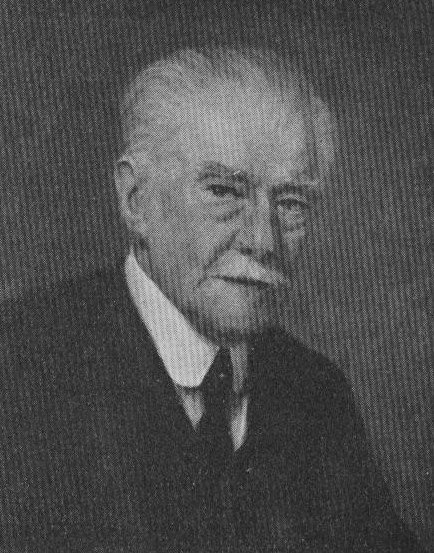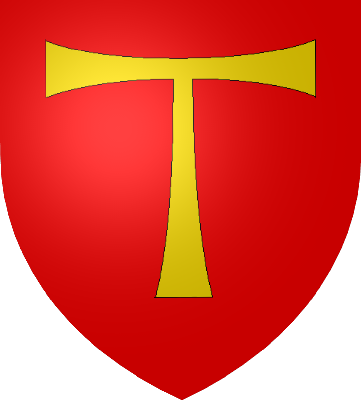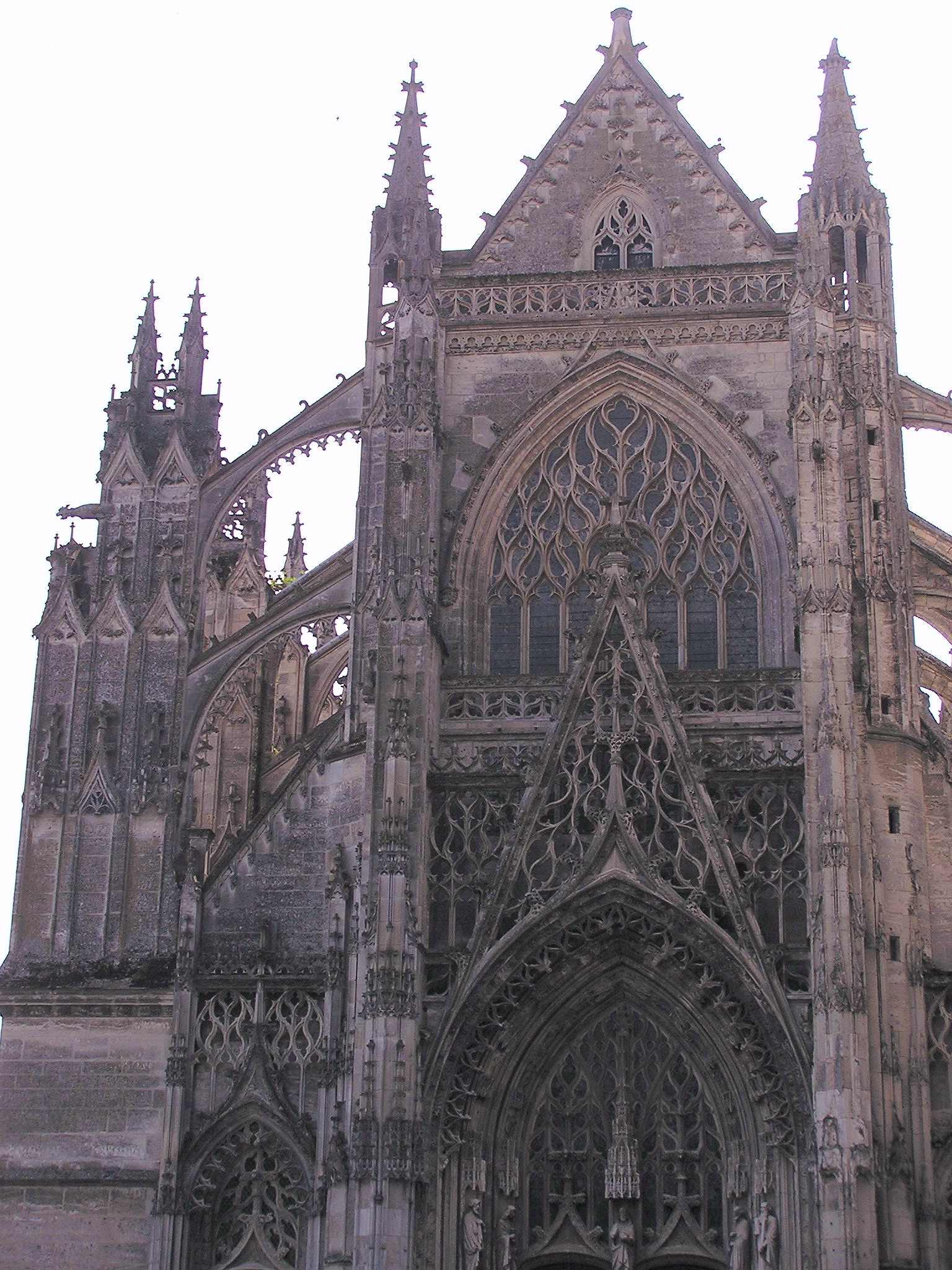|
Paul Boeswillwald
Paul Louis Boeswillwald (Paris, October 22, 1844 - Paris, July 17, 1931) was a French architect and art historian. Biography Son of the architect Émile Boeswillwald and father of the painter Émile Artus Boeswillwald, he was a pupil of his father and Charles Laisné and collaborated with Eugène Viollet-le-Duc on the restoration of the ramparts of the historic Fortified City of Carcassonne since 1879. Like his father, he was an inspector of historical monuments. He succeeded his father in the restoration of the Saint-Étienne cathedral in Toul. He was also a professor and had as students Max Sainsaulieu and Paul Vorin.. A diocesan architect of Bourges, he joined the commission for historical monuments on March 26, 1885, was appointed inspector general on December 21, 1895, to replace his father, and retired on February 11, 1929. Restorations * Historic fortified city of Carcassonne, in collaboration with Eugène Viollet-le-Duc; * Saint-Étienne Cathedral in Toul and ... [...More Info...] [...Related Items...] OR: [Wikipedia] [Google] [Baidu] |
Paris
Paris () is the capital and most populous city of France, with an estimated population of 2,165,423 residents in 2019 in an area of more than 105 km² (41 sq mi), making it the 30th most densely populated city in the world in 2020. Since the 17th century, Paris has been one of the world's major centres of finance, diplomacy, commerce, fashion, gastronomy, and science. For its leading role in the arts and sciences, as well as its very early system of street lighting, in the 19th century it became known as "the City of Light". Like London, prior to the Second World War, it was also sometimes called the capital of the world. The City of Paris is the centre of the Île-de-France region, or Paris Region, with an estimated population of 12,262,544 in 2019, or about 19% of the population of France, making the region France's primate city. The Paris Region had a GDP of €739 billion ($743 billion) in 2019, which is the highest in Europe. According to the Economis ... [...More Info...] [...Related Items...] OR: [Wikipedia] [Google] [Baidu] |
Saint-Gengoulph
Saint-Gengoulph () is a commune in the Aisne department in Hauts-de-France in northern France. Population See also *Communes of the Aisne department The following is a list of the 799 Communes of France, communes in the French Departments of France, department of Aisne. The communes cooperate in the following Communes of France#Intercommunality, intercommunalities (as of 2020): References Communes of Aisne Aisne communes articles needing translation from French Wikipedia {{ChâteauThierry-geo-stub ...[...More Info...] [...Related Items...] OR: [Wikipedia] [Google] [Baidu] |
Salon Of French Artists
Salon may refer to: Common meanings * Beauty salon, a venue for cosmetic treatments * French term for a drawing room, an architectural space in a home * Salon (gathering), a meeting for learning or enjoyment Arts and entertainment * Salon (Paris), a prestigious annual juried art exhibition in Paris begun under Louis XIV * ''The Salon'' (TV series), a British reality television show * ''The Salon'' (film), a 2005 American dramatic comedy movie * ''The Salon'' (comics), a graphic novel written and illustrated by Nick Bertozzi Places * Salon, Aube, France, a commune * Salon, Dordogne, France, a commune * Salon, India, a town and nagar panchayat * Salon (Assembly constituency), India, a constituency for the Uttar Pradesh Legislative Assembly Other uses * Salon.com, an online magazine * Champagne Salon, a producer of sparkling wine * Salon Basnet (born 1991), Nepali actor and model See also * * Salon-de-Provence, France, a commune * Salon-la-Tour, France, a commune * Sal ... [...More Info...] [...Related Items...] OR: [Wikipedia] [Google] [Baidu] |
Toul Chapelle Eveques Boeswillwald
Toul () is a commune in the Meurthe-et-Moselle department in north-eastern France. It is a sub-prefecture of the department. Geography Toul is between Commercy and Nancy, and the river Moselle and Canal de la Marne au Rhin. Climate Toul has a oceanic climate (Köppen climate classification ''Cfb''). The average annual temperature in Toul is . The average annual rainfall is with June as the wettest month. The temperatures are highest on average in July, at around , and lowest in January, at around . The highest temperature ever recorded in Toul was on 11 August 1998; the coldest temperature ever recorded was on 9 January 1985. History Toul was known to the Romans as , and was the capital of the Gaulish tribe of the Leuci. In 550, King Theudebald convoked a synod at Toul. In 612, King Theudebert II of Austrasia was defeated by King Theuderic II of Burgundy near Toul. By the Treaty of Meerssen of 870, Toul became part of East Francia, the later Holy Roman Empire. ... [...More Info...] [...Related Items...] OR: [Wikipedia] [Google] [Baidu] |
Sainte-Chapelle
The Sainte-Chapelle (; en, Holy Chapel) is a royal chapel in the Gothic style, within the medieval Palais de la Cité, the residence of the Kings of France until the 14th century, on the Île de la Cité in the River Seine in Paris, France. Construction began sometime after 1238 and the chapel was consecrated on 26 April 1248. The Sainte-Chapelle is considered among the highest achievements of the Rayonnant period of Gothic architecture. It was commissioned by King Louis IX of France to house his collection of Passion relics, including Christ's Crown of Thorns – one of the most important relics in medieval Christendom. This was later held in the nearby Notre-Dame Cathedral until the 2019 fire, which it survived. Along with the Conciergerie, Sainte-Chapelle is one of the earliest surviving buildings of the Capetian royal palace on the Île de la Cité. Although damaged during the French Revolution and restored in the 19th century, it has one of the most extensive 13th ... [...More Info...] [...Related Items...] OR: [Wikipedia] [Google] [Baidu] |
Musée De Cluny
The Musée de Cluny ("Cluny Museum", ), also known as Musée national du Moyen Âge – Thermes et hôtel de Cluny ("National Museum of the Middle Ages – Cluny thermal baths and mansion"), is a museum of the Middle Ages in Paris, France. It is located in the Latin quarter in the 5th arrondissement of Paris at 6 Place Paul-Painlevé, next to the square Samuel-Paty, south of the Boulevard Saint-Germain, between the Boulevard Saint-Michel and the Rue Saint-Jacques. The Hôtel de Cluny is partially constructed on the remnants of the third century Gallo-Roman baths known as the Thermes de Cluny, thermal baths from the Roman era of Gaul. The museum consists of two buildings: the frigidarium ("cooling room"), within the vestiges of the Thermes de Cluny, and the Hôtel de Cluny itself, which houses its collections. The frigidarium is about 6,000 square meters. The museum houses a vast collection of objects and art from the Middle Ages. Among the principal holdings of t ... [...More Info...] [...Related Items...] OR: [Wikipedia] [Google] [Baidu] |
Louis Sauvageot , names sometimes translated to English as "Louis"
{{disambiguation ...
Louis may refer to: * Louis (coin) * Louis (given name), origin and several individuals with this name * Louis (surname) * Louis (singer), Serbian singer * HMS ''Louis'', two ships of the Royal Navy See also Derived or associated terms * Lewis (other) * Louie (other) * Luis (other) * Louise (other) * Louisville (other) * Louis Cruise Lines * Louis dressing, for salad * Louis Quinze, design style Associated names * * Chlodwig, the origin of the name Ludwig, which is translated to English as "Louis" * Ladislav and László - names sometimes erroneously associated with "Louis" * Ludovic, Ludwig, Ludwick, Ludwik Ludwik () is a Polish given name. Notable people with the name include: * Ludwik Czyżewski, Polish WWII general * Ludwik Fleck (1896–1961), Polish medical doctor and biologist * Ludwik Gintel (1899–1973), Polish-Israeli Olympic soccer player ... [...More Info...] [...Related Items...] OR: [Wikipedia] [Google] [Baidu] |
Laon Cathedral
Laon Cathedral (french: Cathédrale Notre-Dame de Laon) is a Roman Catholic church located in Laon, Aisne, Hauts-de-France, France. Built in the twelfth and thirteenth centuries, it is one of the most important and stylistically unified examples of early Gothic architecture. The church served as the cathedral of the Diocese of Laon until 1802, and has been recognized as a ''monument historique'' since 1840. History Early history The Diocese of Laon was established by archbishop Remigius of Reims at the end of the fifth century. Presumably, an early church was erected soon afterward. Laon soon became one of the principal towns of the Frankish Empire. A later church building, dating from the tenth or eleventh centuries, was torched during the Easter Insurrection on 25 April 1112. The merchants and bourgeoisie of Laon had procured a communal charter, which was soon revoked by Bishop Gaudry. The commune revolted, murdering the bishop. The episcopal palace was set alight; the f ... [...More Info...] [...Related Items...] OR: [Wikipedia] [Google] [Baidu] |
Vendôme
Vendôme (, ) is a subprefecture of the department of Loir-et-Cher, France. It is also the department's third-biggest commune with 15,856 inhabitants (2019). It is one of the main towns along the river Loir. The river divides itself at the entrance of Vendôme, intersecting it into numerous different arms. The town has a rich medieval history and many historical monuments. History Vendôme (in la, Vindocinum) appears originally to have been a Gallic , replaced later by a feudal castle, around which the modern town arose. Christianity was introduced by in the 5th century, and the important abbey of the Trinity (which claimed to possess a tear shed by Jesus at the tomb of Lazarus) was founded about 1030. When the reign of the House of Capet began, Vendôme formed the chief town of a county belonging to Bouchard, called "the Venerable", who died in the monastery of in 1007. The succession passed by various marriages to the houses of , and . Bouchard VI, Count of Vendôme ... [...More Info...] [...Related Items...] OR: [Wikipedia] [Google] [Baidu] |
Appoigny
Appoigny () is a commune in the Yonne department in Bourgogne-Franche-Comté in north-central France. This village with all its flowers is well known for its architectural heritage but also for its hotels and restaurants. The Saint Pierre Collegial - a classified Historic Building - dates back to the 13th century. It has a tower of the 16th century and a magnificent Jube dating from 1606. See also *Communes of the Yonne department The following is a list of the 423 Communes of France, communes of the Yonne Departments of France, department of France. The communes cooperate in the following Communes of France#Intercommunality, intercommunalities (as of 2020): References Communes of Yonne {{Yonne-geo-stub ...[...More Info...] [...Related Items...] OR: [Wikipedia] [Google] [Baidu] |
Rampillon
Rampillon () is a commune in the Seine-et-Marne department in the Île-de-France region in north-central France. The inhabitants are called ''Rampillonnais''. It is home to the 13th-century church of ''Sainte Eliphe'', with a portal decorated with a "Final Judgement" and a calendar. See also *Communes of the Seine-et-Marne department The following is a list of the 507 communes of the Seine-et-Marne department of France. The communes cooperate in the following intercommunalities (as of 2020):1999 Land Use, from IAURIF (Institute f ... [...More Info...] [...Related Items...] OR: [Wikipedia] [Google] [Baidu] |





